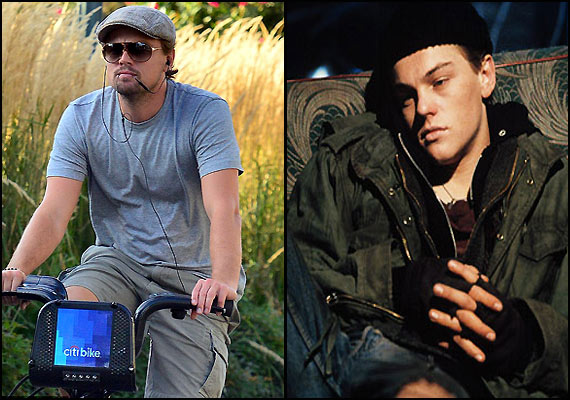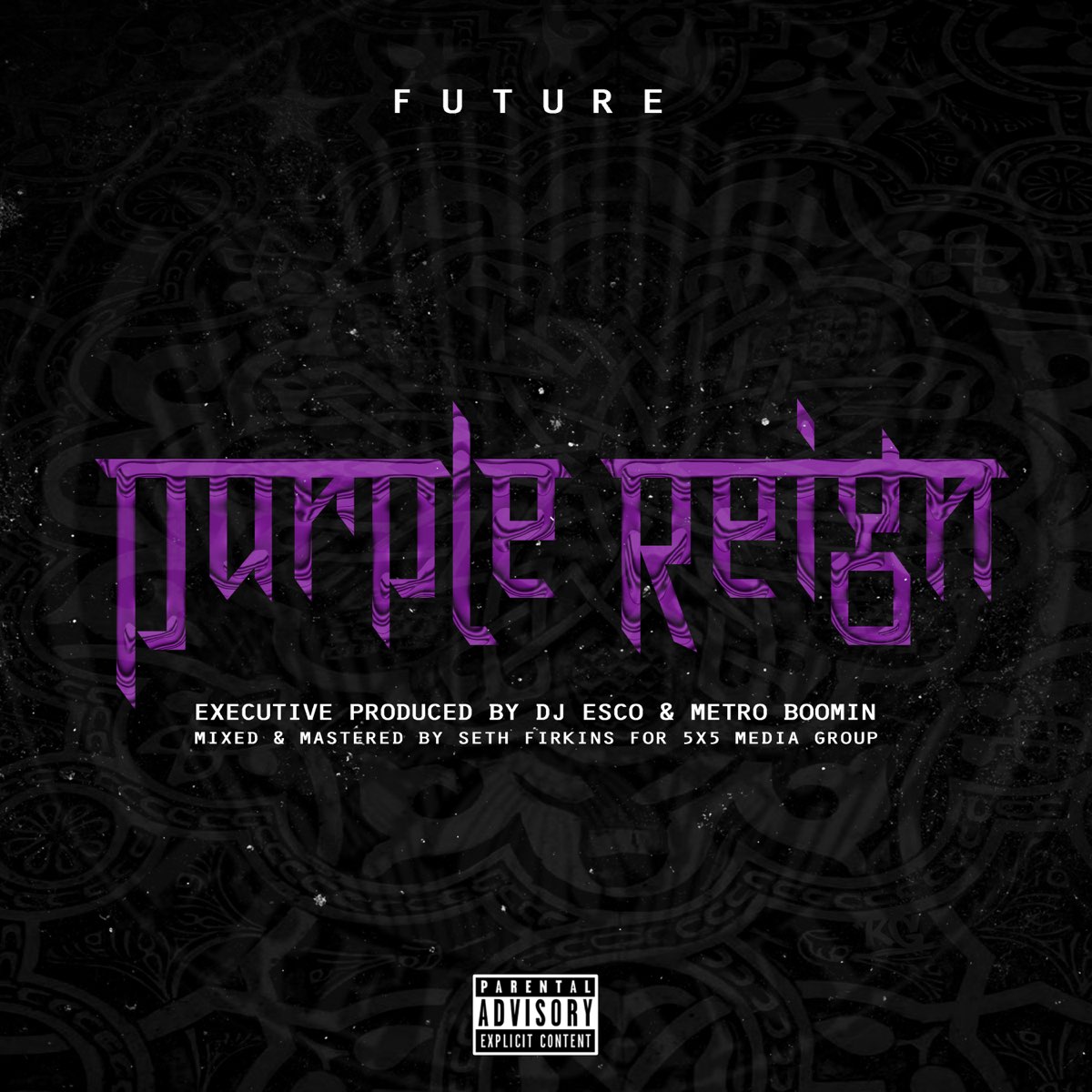The Da Vinci Code: A Comprehensive Guide

Table of Contents
The Plot and Key Characters
The main plot of The Da Vinci Code revolves around the quest for the Holy Grail, not as a sacred chalice, but as a metaphor for the bloodline of Jesus Christ. The narrative follows symbologist Robert Langdon and cryptologist Sophie Neveu as they race against time to decipher a series of cryptic clues left behind by the murdered curator of the Louvre Museum, Jacques Saunière. Their journey leads them through a labyrinthine trail of hidden symbols, secret societies, and dangerous adversaries.
-
Robert Langdon: A Harvard professor specializing in religious symbology, Langdon's expertise is crucial to interpreting Saunière's clues and unraveling the mystery surrounding the Priory of Sion.
-
Sophie Neveu: A brilliant cryptologist and Saunière's granddaughter, Sophie's connection to the Priory of Sion and her potential role in protecting the Holy Grail's secret lineage drives the narrative forward.
-
Sir Leigh Teabing: An aristocratic historian and expert on the Holy Grail, Teabing acts as both a mentor and a potential antagonist, offering clues while also guarding his own secrets.
-
Jacques Saunière: The murdered curator of the Louvre, Saunière's death sets the plot in motion. His cryptic clues and last rites are essential to the protagonists’ quest.
The Controversial Themes and Religious Interpretations
The Da Vinci Code sparked considerable controversy due to its depiction of the Catholic Church and its reinterpretations of historical events. The novel suggests that the Church suppressed the truth about Jesus Christ’s marriage to Mary Magdalene and the existence of their descendants. The Holy Grail, in Brown's interpretation, symbolizes the sacred feminine and the suppressed lineage of Jesus.
-
Mary Magdalene's Portrayal: The book portrays Mary Magdalene not as a repentant sinner, but as a powerful figure crucial to the early Christian church and the keeper of its most important secrets. This deviates significantly from traditional interpretations.
-
The Church's Response: The Catholic Church and many religious scholars criticized the novel for its historical inaccuracies and its potentially offensive portrayal of religious figures and institutions. The book's impact on religious discourse is undeniable, sparking debates and discussions worldwide.
-
Symbolism and Storytelling: Brown masterfully employs religious symbolism throughout the novel, using it to build suspense and enhance the narrative. The effectiveness of this symbolism is a key aspect of the book's enduring appeal, even amidst the controversy.
The Symbology and Codes Within The Da Vinci Code
The Da Vinci Code is rife with symbols and codes, intricately woven into the narrative. These visual clues are critical to unlocking the mystery. The use of Leonardo da Vinci's artwork, particularly, adds a layer of complexity and intrigue.
-
The Rose: This symbol, appearing in various forms throughout the novel, represents Mary Magdalene and the feminine divine.
-
The Fibonacci Sequence: This mathematical sequence appears in Da Vinci's art and is subtly incorporated into the novel's puzzles, adding a layer of intellectual challenge.
-
Da Vinci's Paintings: The book draws heavily on Da Vinci's artworks like The Last Supper and Mona Lisa, interpreting them through the lens of the novel’s hidden message, providing visual clues and enriching the narrative. Decoding these visual clues requires attention to details and understanding of historical context.
The Legacy and Impact of The Da Vinci Code
The Da Vinci Code became a global phenomenon, selling millions of copies and generating significant cultural impact. The novel’s popularity sparked renewed interest in religious history and symbology, inspiring further research and discussion.
-
Critical Reception: While acclaimed for its fast-paced plot and intricate puzzles, the novel received criticism for its historical inaccuracies and simplification of complex religious concepts.
-
Film Adaptation: The successful film adaptation further solidified the book's status in popular culture, introducing it to an even wider audience.
-
Influence on the Genre: The novel significantly influenced the mystery and thriller genres, inspiring numerous similar works that combine historical fiction with religious or symbolic elements.
Conclusion
The Da Vinci Code, despite its controversies, remains a significant work of fiction, skillfully blending historical intrigue, religious symbolism, and a captivating narrative. Its exploration of religious history, artistic symbolism, and hidden codes continues to fascinate and challenge readers. Its impact on popular culture, extending beyond the book itself into film and further literary works, is undeniable.
Call to Action: Unlock the secrets for yourself! Dive into the world of The Da Vinci Code and experience the thrill of Dan Brown's masterpiece. Begin your journey into this captivating story today! Further explore the themes and symbols of The Da Vinci Code by [link to related resources/further reading].

Featured Posts
-
 Inter Miami Defeats Crew 1 0 Before Record Crowd In Cleveland
May 13, 2025
Inter Miami Defeats Crew 1 0 Before Record Crowd In Cleveland
May 13, 2025 -
 Hogyan Szabadult Meg Leonardo Di Caprio A Herointol 30 Evvel Ezelott
May 13, 2025
Hogyan Szabadult Meg Leonardo Di Caprio A Herointol 30 Evvel Ezelott
May 13, 2025 -
 Eva Longorias 50th Birthday Bash Miami Celebration With Gabrielle Union Becky G And More
May 13, 2025
Eva Longorias 50th Birthday Bash Miami Celebration With Gabrielle Union Becky G And More
May 13, 2025 -
 Byds Rise In Brazil The End Of Fords Reign And The Future Of Evs
May 13, 2025
Byds Rise In Brazil The End Of Fords Reign And The Future Of Evs
May 13, 2025 -
 Ajak Dukung Persipura Kakanwil Papua Himbau Masyarakat
May 13, 2025
Ajak Dukung Persipura Kakanwil Papua Himbau Masyarakat
May 13, 2025
